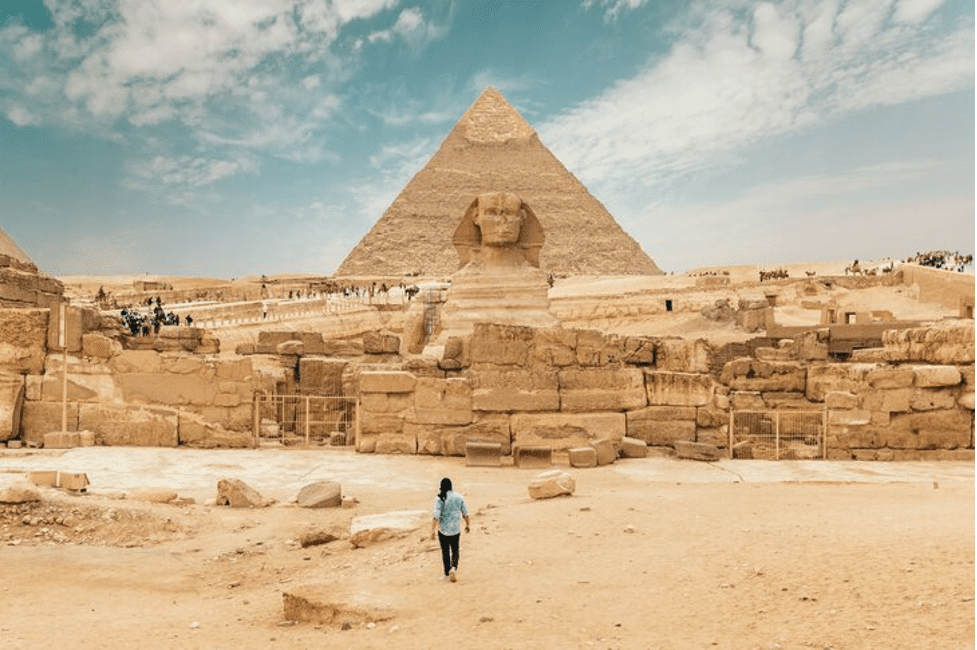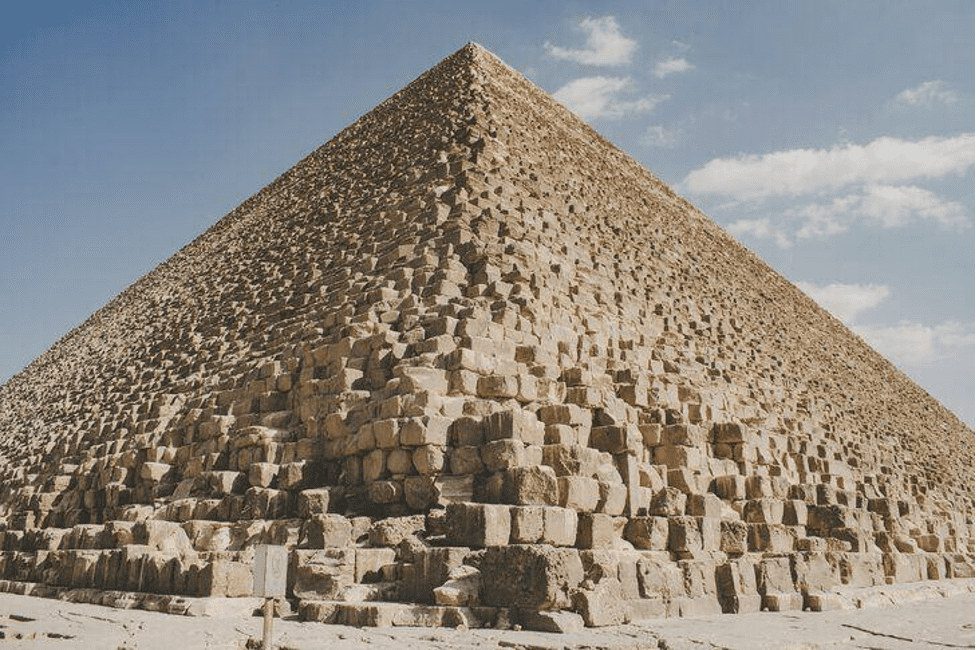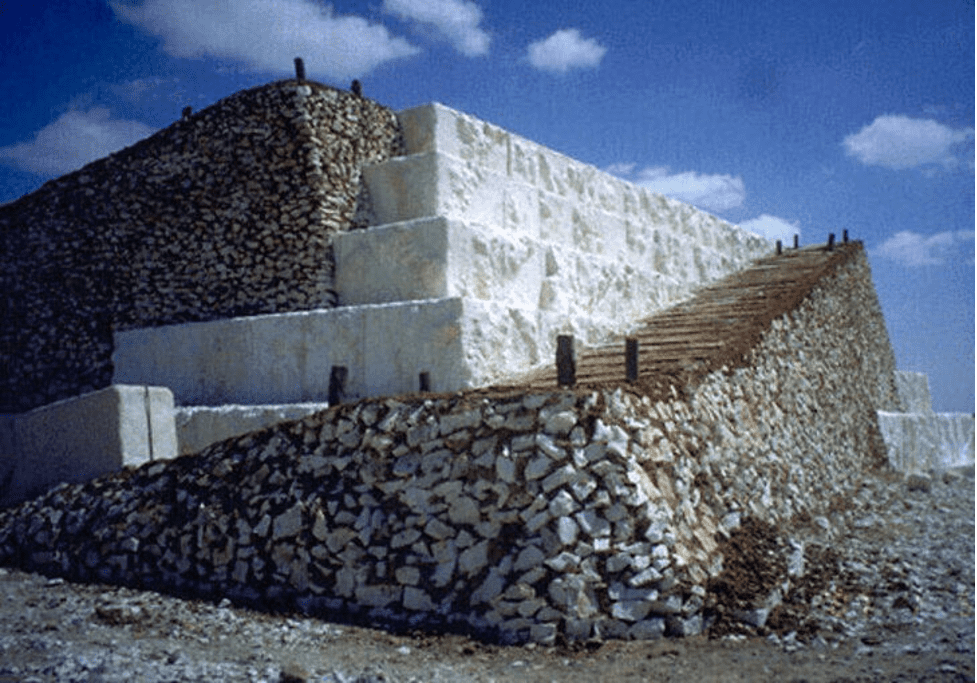Like an itch, you can't stop scratching; once you start digging into ancient history, there's no going back. Those mind-boggling facts hold you so tight that the more you read, the more you get invested. And if you see it this way, it's easy to understand why people are so obsessed with Egyptian pyramids. After all, there are so many mysteries surrounding them, right?

Spencer Davis/Unsplash | For centuries, archaeologists have wondered how the Egyptian pyramids were constructed
On that note, here’s a quick question - do you believe in the supernatural or in conspiracy theories? Regardless of whether or not you do, this one will definitely blow your mind.
There have been speculations that aliens built the pyramids! Well, we don't know the origin of this theory, but one thing is for sure - they weren't built by slave labor entirely by hand either. So then, how did people build these gigantic iconic figures and that too, nearly 4000 years ago when machines didn’t exist even in the wildest imaginations?
The history behind the world's greatest mystery
The world's oldest and greatest pyramid (481 feet) was constructed by the order of Pharaoh Khufu in 2560 B.C.E (approximately). Although, how it was constructed and every little detail related to its origin is sort of clouded in history. Still, little by little, archeologists are trying their best to find answers to all the queries.

Hossam M. Omar/Unsplash | What’s known so far is that laborers didn’t build the structures entirely by hand
Archeologists believe that the stones used in building the pyramid were mined from a quarry situated to the south of the pyramid, and to conquer the journey across the desert, builders damped the sand first. But this only explains how the material was transported from one place to another, not how the stones were lifted in the air and placed to form huge triangles.
The ramp theory
Researchers believe that in order to carry stones to heights, there definitely must have been some involvement of a ramp (which is actually quite an on-point guess). But even then the point is, how did ancient people manage to utilize such a ramp that would need an incline of about 20 degrees or more to reach the needed height, not to mention the strength to carry stones as heavy as 2.5-tons each?

Canadian Museum of History | Large stones were sourced from a nearby quarry and ferried to the top through a construction ramp of sorts
Many Egyptologists have been researching the types of ramps the ancients may have used. Experts state that they could've used straight ramps that covered the outside walls of the pyramid, ramps that are hugging its walls, or even those inside the pyramid. Regardless of which of those kinds it was, there's no doubt that the ramp system says a lot about Egyptian technological knowledge.
But still, it fails to answer the bigger questions of how and why they constructed these huge structures.
Final thoughts
None of the ancient scrolls or scriptures that historians have today provide a lucid answer to "why" behind the pyramids. But that doesn't mean we can't form assumptions. Maybe these huge mountains of stones and sand aren't just structures; maybe they're much more than that. Perhaps they signify the power of another world that's unknown to us. But all assumptions aside, the moment one casts a glance at these structures, it seems impossible to craft them solely by hand. So, if inspiring awe was the main motive behind constructing them, well, it's definitely working on the people even today.




